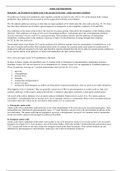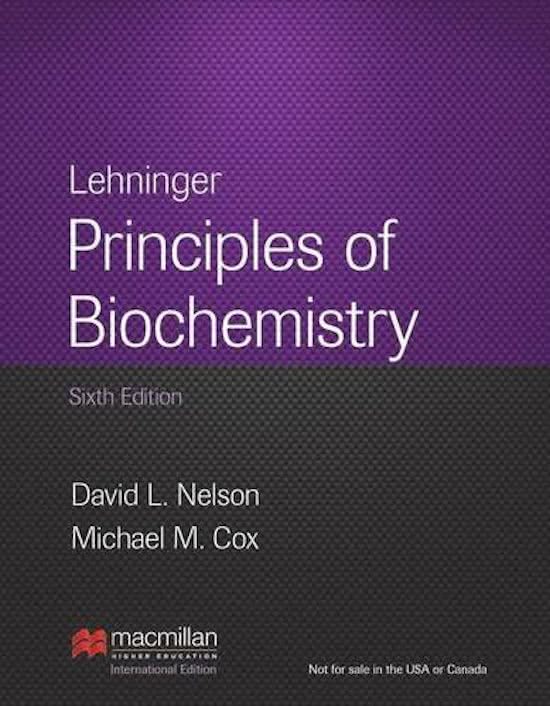Resume
Summary Amino Acid Degredation
- Cours
- Établissement
- Book
I am a Master's student in Biochemistry at the Karolinska Institutet in Stockholm, Sweden. I have a range of notes from courses that I undertook as part of my Bachelor's studies. These notes are detailed and in depth that focus on many aspects of how protein is broken down. These notes contain refe...
[Montrer plus]




